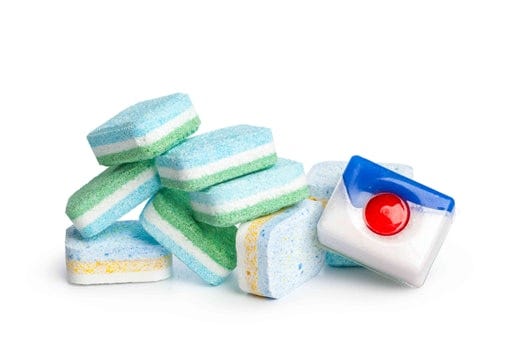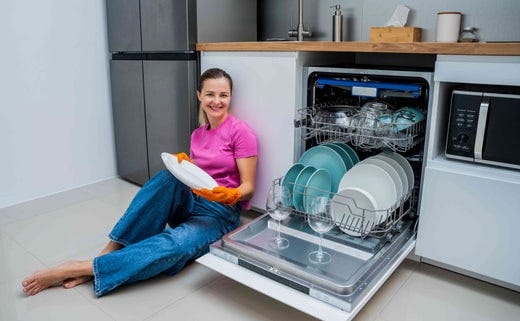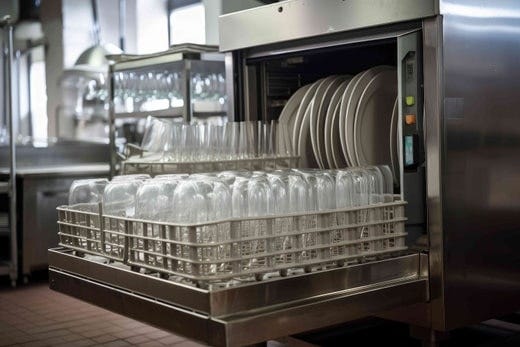
How to Remove a Dishwasher in 6 Easy Steps

Whether you are installing a new dishwasher, remodeling, or rearranging the kitchen footprint, removing an existing dishwasher is one of the primary tasks you have to deal with.
However, due to the dishwasher’s size, weight, and intricate connections to plumbing and electrical systems make the removal process difficult. Therefore, understanding the dishwasher removal process can save you a lot of time and hassle!
Read our article to learn about how to remove dishwasher in 6 easy steps. We'll cover essential tips and precautions to ensure a smooth removal experience. Let's get started!
Removing the dishwasher, but first!
Before removing the dishwasher, disconnect the power and water source.
- Power source: To disconnect a dishwasher’s power source, turn off the circuit breaker that controls the dishwasher. After that, locate the dishwasher’s wall outlet and unplug the cord. If you cannot find the cord, it may be located directly behind the dishwasher. In this case, wait until you have pulled out the dishwasher to unplug it.
- Water source: To disconnect a dishwasher's water source, turn off the water supply valve under the sink. Then, use a wrench to disconnect the water supply line from the dishwasher. Check for leaks or damage before proceeding with removal.
How to remove a dishwasher
1. Remove the bottom faceplate
Remove the metal or plastic faceplate located on the lower part of the dishwasher. Start by locating the screws securing it in place, typically along the bottom edge.
Use a screwdriver to unscrew and remove these screws carefully. Once the screws are removed, gently pull the faceplate away from the dishwasher to detach it completely.
2. Disconnect the water supply
Beneath the faceplate lies a water supply line. Use a wrench to disconnect it from the dishwasher. Then, locate and disconnect the water supply line under the sink cabinet that connects to the dishwasher.
3. Disconnect the drain line
Unlink the dishwasher from the drain line by identifying the rubber hose's path and tracing it to its end connection. It might ascend to link with an air gap fitting atop the sink or counter.
Loosen the clip or clamp, secure it to the air gap, and detach the hose. If the drain hose doesn't reach an air gap, it will end at a nipple fitting on the food disposer or sink drain tailpiece. Disconnect it there.
4. Unfasten the mounting brackets
Locate the two metal mounting brackets screwed into the bottom of the countertop above the dishwasher. Open the dishwasher door and look under the lip of the kitchen counter to find these brackets. Remove the screws holding the dishwasher in place.
5. Lower the dishwasher
Use the wrench to turn the threaded legs clockwise, lowering the dishwasher's body as much as possible to increase the gap between the dishwasher's top and the countertop's bottom.
6. Remove the dishwasher
Lift the dishwasher slightly to ensure the legs clear the floor edge. Having a helper under the sink can be beneficial, as they can guide the water supply tube and drain hose through the cabinet wall hole while you pull the appliance out.
.png?width=70&height=45&format=png&quality=50)

